Table of Contents
- Understanding the Foundations of Pharma Net Revenue
- Pharma Net Revenue Forecasting in a Multi-Dimensional World
- Adapting to Product Life Cycle Forecasting
- Collaboration Across Teams is Necessary for Pharma Net Revenue Forecasting
- The Importance of RACI
- Pharma Net Revenue Forecasting Liabilities
- Scenario Planning and Game Theory Thinking
- Pharma Net Revenue Forecasting Conclusion
In the ever-changing world of pharmaceutical manufacturing, operational and financial teams find themselves grappling with the complexities of establishing, monitoring, and optimizing products, data sources, contracts, and pricing.The pharma gross-to-net process, essential for understanding net revenue, demands a keen awareness of every piece of data and business drivers upstream. In this blog, we’ll explore the critical considerations for the pharmaceutical and biotech industry and how they can navigate the challenges to drive accurate gross-to-net forecasts while ensuring pharma net revenue optimization.
Understanding the Foundations of Pharma Net Revenue
The journey of pharma net revenue optimization begins with a meticulous understanding of the gross-to-net line item—its source, timing, frequency, reconciliation, and harmonization. This fundamental knowledge of each product’s distribution strategy, pricing, and third-party contracts sets the stage for effective pharma net revenue management.
A Gross-to-Net Line Itemization Chart for Better Understanding Pharma Net Revenue
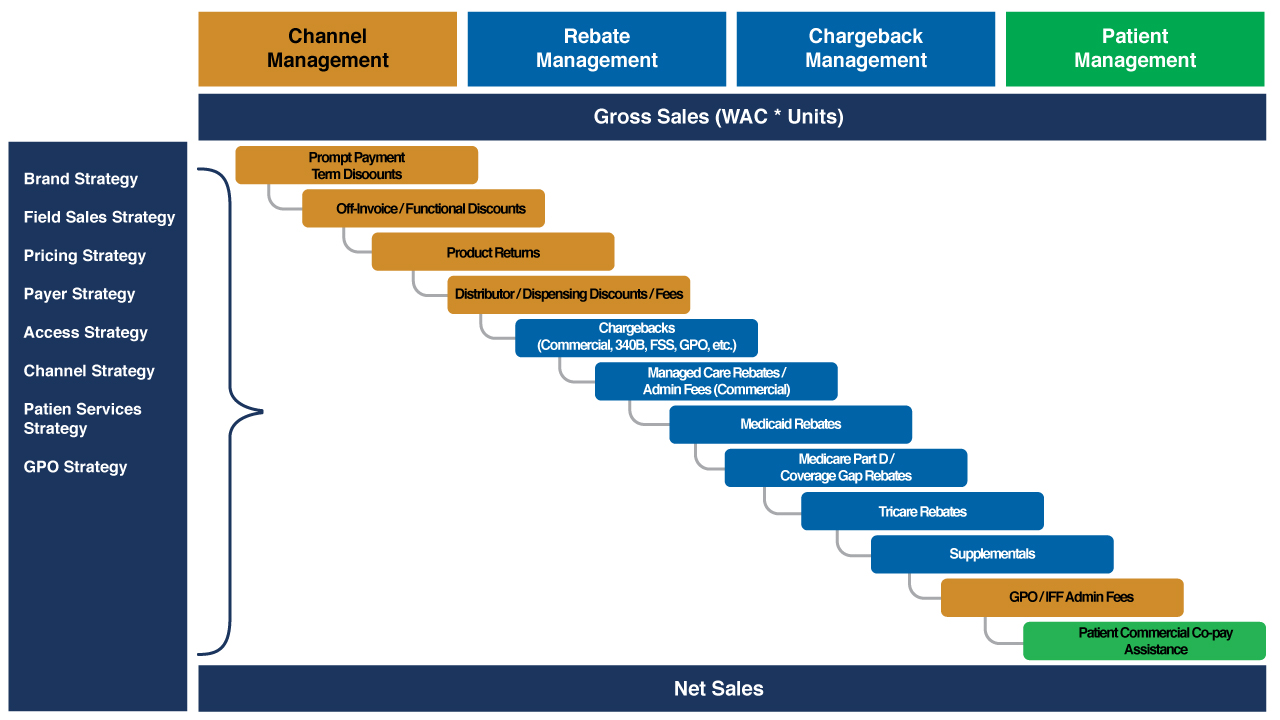
Figure 1 – Gross-to-Net Revenue Pharma Line Item Chart
Pharma Net Revenue Forecasting in a Multi-Dimensional World
The pharmaceutical landscape has evolved, and manufacturers are fighting for every dollar. The industry’s counterparts leverage sophisticated modeling and always seem one step ahead. We are challenged to create infinite scenarios based on price, contracts, legislation, as well as product archetypes, patient profiles, dispensing, and distribution channels. Each scenario demands a unique forecasting methodology, adding layers of complexity to pharma net revenue forecasting. Linear forecasting is no longer sufficient; the industry now requires a multi-dimensional approach to capture and quantify the dynamics at play accurately.
Why Multi-Dimensional Approaches are Necessary for Pharma Net Revenue Forecasting
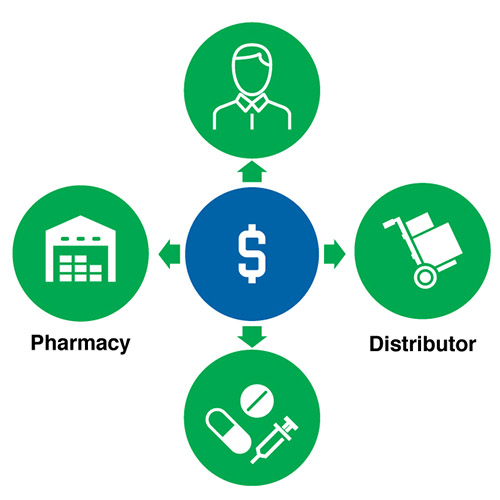
Figure 2 – Example of Multi-Dimensional Pharma Net Revenue Forecasting Scenario
Adapting to Product Life Cycle Forecasting
Gone are the days of GTN forecasting two years out and then growing with inflation. For the industry to fight for every dollar, we need to build and maximize our toolbox, and the best tool is interdependent, strategic modeling. GTN forecasts today need to be dynamic to assess the cross-channel impact of each business decision. With the recent IRA legislation, all channels are now price protected and significant potential penalties need to be calculated and assessed. Pharma net revenue forecasters have been pressured to elevate their game to include more advanced modeling and interconnectivity in their models. CEOs, CFOs, and COOs are requiring long-term (10 to 15+ years) pharma net revenue forecasting at a detailed level to ensure price and contract optimization.
An Example of Strategic Modeling for Product Lifecycle & Market Event Triggers
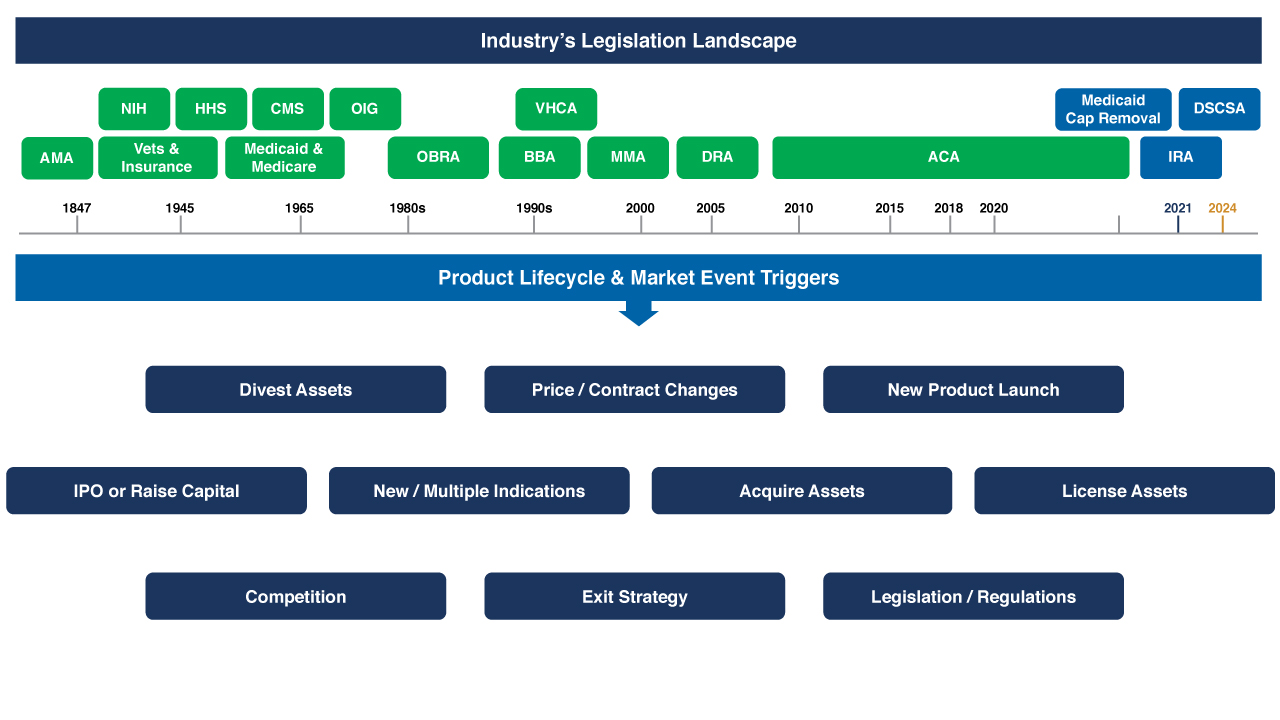
Figure 3 – Industry’s Legislation Landscape
Collaboration Across Teams is Necessary for Pharma Net Revenue Forecasting
Pharma net revenue forecasting is no longer confined to the finance and accounting realms, leveraging simply dollarized data. Optimizing your pharma net revenue succeeds with collaboration amongst business, market access, and contracts and pricing teams. These diverse perspectives ensure a comprehensive approach, preventing the industry from blindly trending dollars–which typically leads to inaccurate predictions. Breaking apart your gross-to-net revenue forecast into unit and rate perspectives drives forward thinking related to price and volume impacts. An organization’s collective intelligence of their product’s patient, therapy area, and competitive landscape is the recipe for net revenue optimization.
The Importance of RACI
The RACI (Responsible, Accountable, Consulted, Informed) framework becomes crucial in pharma net revenue forecasting. With the growing prominence of forecasting in small to mid-market businesses, ensuring the involvement of key stakeholders, including market access and business teams, is imperative. Neglecting this collaborative approach leads to downstream errors in revenue predictions.
How Market Access, Sales Forecasting, Finance, and Gross-to-Net Work Together in a What-If Scenario
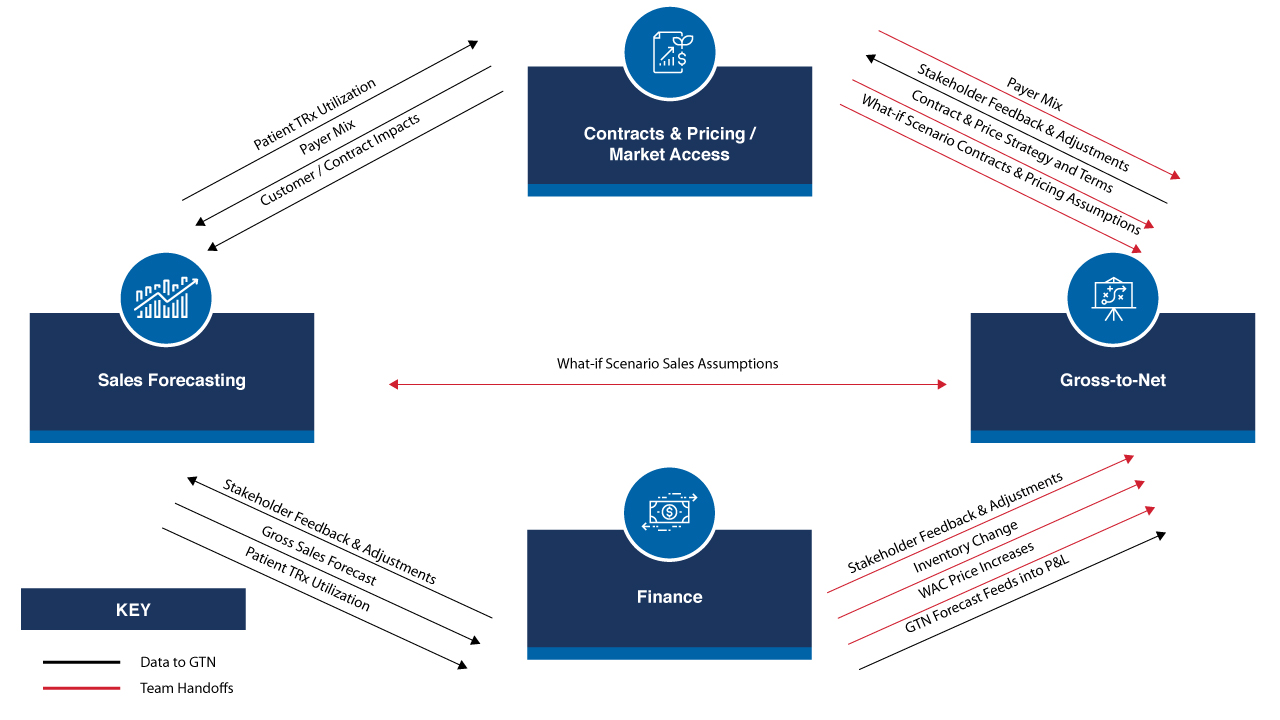
Figure 4 – What if Scenario Sales Assumptions
Pharma Net Revenue Forecasting Liabilities
One of the pitfalls of GTN forecasting is when the stakeholders forget that the output often slides downstream as the basis for your financial statement accruals. Pharma Gross-to-net revenue forecasts are typically developed for leadership and FP&A type stakeholders and are often an optimistic view. A successful practice in the industry is to ensure there are multiple GTN forecast scenarios. It’s powerful to have all cross-functional stakeholders present when analyzing the different scenarios to develop the most realistic forecast. The complexity typically arises from trying to predict utilization in the different GTN buckets. Often, historical trends are not indicative of the incoming GTN discount invoice, as most product trends are not stable. Pharmaceutical financial teams must navigate these intricacies to accurately forecast liabilities for the current and years to come.
Scenario Planning and Game Theory Thinking
The most productive conversations often stem from worst-case and disaster scenarios. Engaging stakeholders from various departments in scenario planning ensures realistic assumptions and facilitates better decision-making. Game theory thinking involves modeling from different perspectives—manufacturer, payer, provider, and pharmacy. This approach aids in understanding the economic implications for each stakeholder, especially in scenarios like the Part B ASP model and payer negotiations.
How GTN Line Item, GTN Methodology Complexity, and GTN Consideration Work Together in Scenario Planning
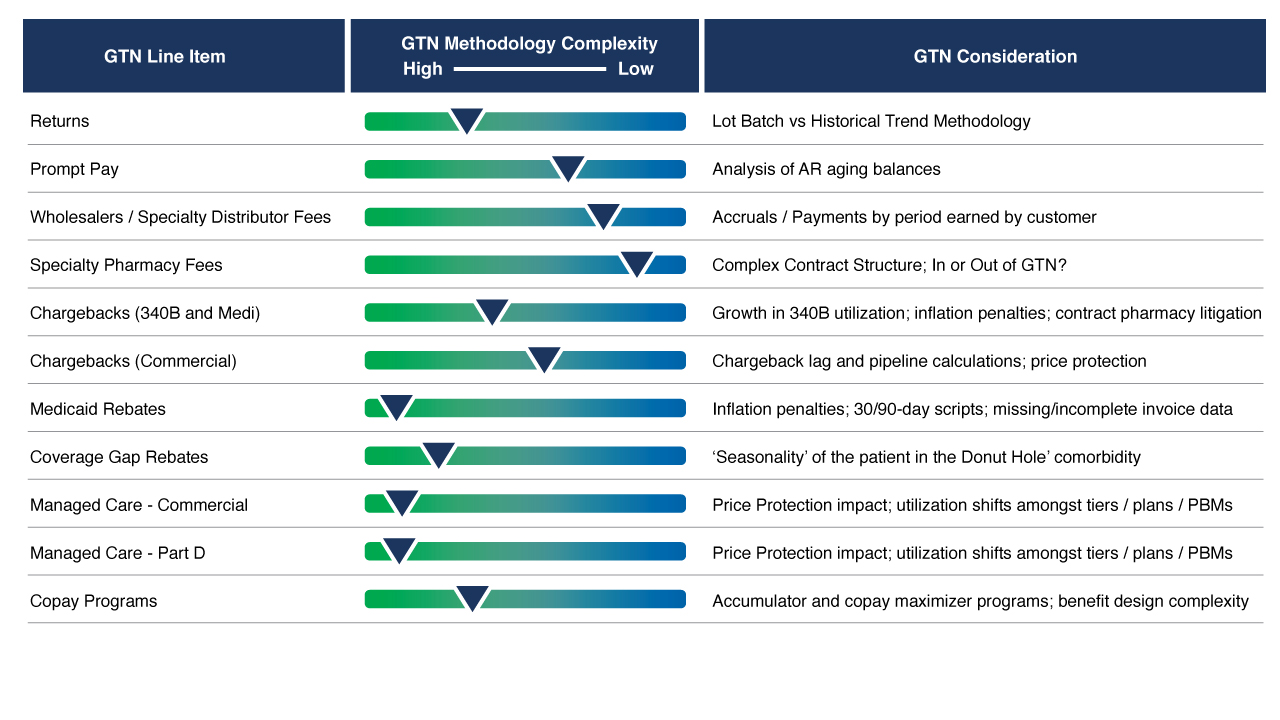
Figure 5 – GTN Line Item, GTN Methodology Complexity, and GTN Consideration Chart
Pharma Net Revenue Forecasting Conclusion
Pharmaceutical business and financial teams are navigating a landscape of increasing complexity, driven by evolving product archetypes, patient dynamics, distribution channels, and aggressive legislation. Collaborative forecasting, scenario planning, and game theory thinking are becoming indispensable tools for ensuring accurate net revenue predictions. As the industry continues to transform, financial teams must adapt and embrace a multi-dimensional approach to stay ahead of the curve.






